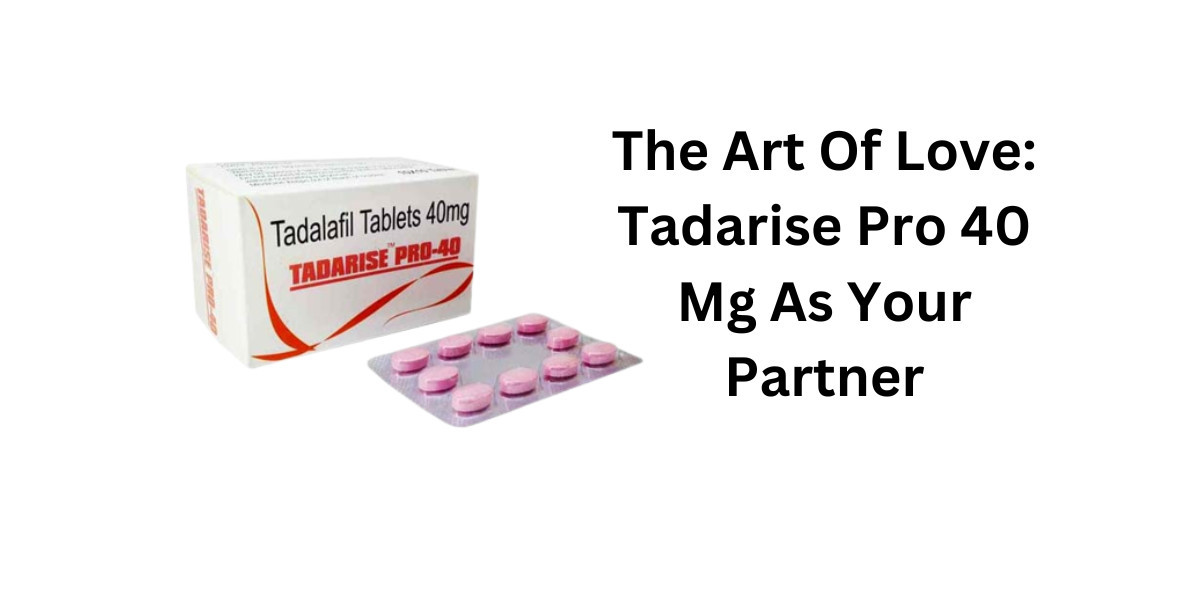In the manufacturing world, efficiency and cost-effectiveness are crucial for success. Among various techniques available, Low Volume Injection Molding (LVIM) has become a popular choice, particularly for prototyping, small-scale production runs, and niche markets. It offers an ideal solution for manufacturers seeking to produce parts or products quickly and with reduced costs, without compromising quality. In this article, we will explore how Low Volume Injection Molding works, its advantages, and how it saves both time and money for businesses.
What is Low Volume Injection Molding?
Low Volume Injection Molding (LVIM) is a specialized form of injection molding where small quantities of parts—typically ranging from a few hundred to several thousand units—are produced. Unlike traditional mass production molding, which is used to create millions of identical parts, LVIM is used for small batch production. The process involves injecting molten material, such as plastic, into a mold to create precise, high-quality parts. It is particularly beneficial when production volumes are lower, but the need for consistent quality is high.
The key to LVIM’s effectiveness lies in the flexibility of its production scale. While mass production molding requires expensive molds that can cost tens of thousands of dollars, LVIM uses simpler, lower-cost molds that are typically made of aluminum or other less expensive materials. This significantly reduces the upfront investment, making it ideal for smaller companies or businesses looking to test new products or run pilot batches before committing to larger-scale production.
Time Efficiency in the Production Process
One of the primary benefits of Low Volume Injection Molding is its ability to save time during the production process. Traditional injection molding can take weeks or even months to set up, especially when creating custom molds for large production runs. With LVIM, the process is streamlined and faster due to the simpler mold designs and smaller batch sizes. This means that manufacturers can get products to market more quickly.
Furthermore, LVIM allows for faster turnaround times on prototypes. In industries such as automotive or consumer electronics, where speed is crucial, being able to produce functional prototypes in just days rather than weeks accelerates the entire product development cycle. Manufacturers can quickly make adjustments based on testing and feedback, without waiting for long lead times, which is a significant advantage in today’s fast-paced market environment.
Cost Savings in Mold Production and Setup
Low Volume Injection Molding reduces the overall cost of manufacturing in multiple ways, but one of the most impactful is the cost savings on mold production and setup. In traditional injection molding, creating molds can be a costly process, particularly for large production runs. These molds are typically made of steel, which is durable but expensive to produce. For small production volumes, investing in such molds is not cost-effective.
With LVIM, molds are made from less expensive materials like aluminum or soft steel, which drastically lowers the initial cost. These molds are also easier to produce and require less time to develop. Because of this, the overall cost per unit is reduced, making it an ideal solution for small-scale production. Additionally, because fewer units are being produced, the setup costs, including labor and equipment time, are significantly lower than in traditional molding processes.
Reducing Waste and Material Costs
Another way that Low Volume Injection Molding saves money is by reducing waste and material costs. In traditional mass production, the focus is on high-volume efficiency, which can often lead to a lot of wasted material due to overproduction, defects, or process inefficiencies. LVIM focuses on producing exactly the number of parts required, minimizing material waste and reducing the overall cost of raw materials.
The ability to use less material also extends to the fact that LVIM molds are designed to be used multiple times over a long period, which means the cost per part decreases with every additional part produced. Furthermore, with more precise control over material use, manufacturers can choose high-quality materials suited to their specific needs, without having to worry about surplus material being wasted. This precision not only saves on costs but also contributes to a more sustainable manufacturing process.
Flexibility and Customization for Niche Markets
Low Volume Injection Molding offers manufacturers a level of flexibility and customization that traditional injection molding processes simply cannot match. For industries with niche market needs, such as medical devices, electronics, or custom automotive parts, LVIM provides the ability to create highly specialized products without the need for large-scale, expensive production runs. This enables businesses to meet the demands of smaller, highly specific customer bases without incurring the costs of mass production.
Additionally, the low-volume nature of this molding process allows for rapid changes and updates to the product design. Whether it's a change in the product's features, design, or materials, LVIM makes it easy and cost-effective to tweak the production process on the fly. This flexibility is particularly valuable in industries where consumer preferences shift quickly, or where regulatory changes require adjustments to the product design. Manufacturers can adapt quickly to market conditions, saving both time and costs associated with making large-scale changes to production lines.
Conclusion
Low Volume Injection Molding is an essential tool for manufacturers seeking to reduce time and costs while still achieving high-quality production. It is ideal for smaller production runs, prototyping, and specialized parts, offering significant savings on mold costs, setup time, and materials. By minimizing waste and providing greater flexibility in production, LVIM allows businesses to be more agile, efficient, and cost-effective. As industries continue to seek faster time-to-market and cost-efficient solutions, Low Volume Injection Molding will remain a critical method for achieving these goals while maintaining product quality.


